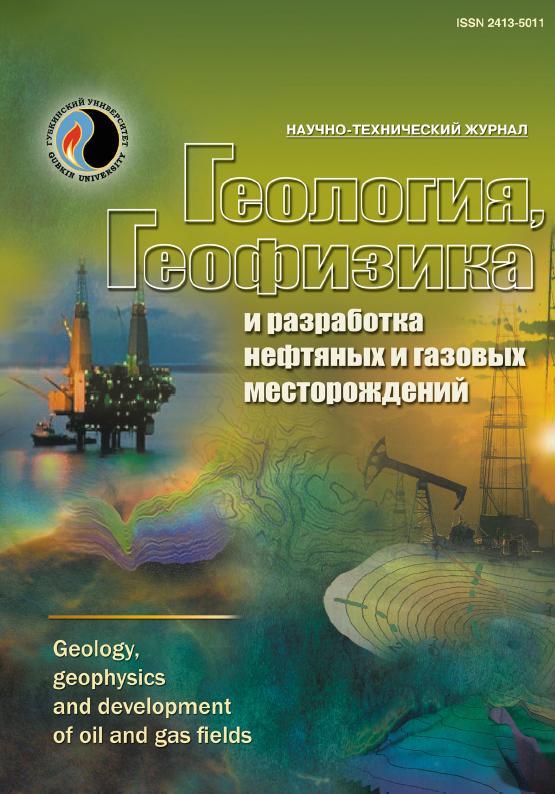On the problem of direct and indirect hydrogeological indicators of oil and gas potential
UDC: 550.81:556.3
DOI: 10.33285/2413-5011-2023-4(376)-18-22
Authors:
LYALIN ALEXANDER A.1
1 Tyumen Petroleum Research Center, Tyumen, Russia
Keywords: hydrogeological indicators of oil and gas potential, direct and indirect indicators, gas indicators, organic hydrogeochemical indicators, mineral hydrogeochemical indicators, hydrogeodynamic indicators, paleo-hydrogeological indicators, exfiltration waters, expelled waters, thermodehydration waters, multi-factority
Annotation:
One of the important areas of hydrogeological methods application is the search for oil and gas deposits using hydrogeological indicators of oil and gas potential. In order to exclude exploration inefficient costs, the indicators used should be highly reliable. Hydrogeological indicators of oil and gas potential are usually divided into direct and indirect. It is assumed that direct indicators, as opposed to indirect ones, have a higher degree of reliability. But the opinion of what hydrogeological indicators of oil and gas potential should be attributed to direct and what to indirect ones, often causes disagreements among specialists. To settle this diversity of opinions, the article analyzes the proposal, considering what should be meant by direct and what by indirect indicators. Hydrogeological indicators of oil and gas potential, identified by A.A. Kartsev et al., are considered from the point of view of their attribution to direct or indirect. It is shown that there are a large number of factors affecting the values of each of the hydrogeological indicators. On the basis of multi-factoriality, the absence of direct indicators of oil and gas potential is substantiated and it is emphasized that all indicators are indirect. It is noted that in order to increase the degree of reliability of hydrogeological indicators of oil and gas potential when exploring for oil and gas deposits, further research in the field of their use should be devoted to the analysis of various combinations of indicators.
Bibliography:
1. Interpretatsiya rezul’tatov gidrogeologicheskikh issledovaniy pri poiskakh nefti i gaza / M.I. Subbota, V.F. Kleymenov, E.V. Stadnik, L.M. Zor’kin [i dr.]. – M.: Nedra, 1990. – 221 s.
2. Kartsev A.A., Vagin S.B., Shugrin V.P. Neftegazovaya gidrogeologiya. – M.: Nedra, 1992. – 208 s.
3. Shvets V.M. Organicheskie veshchestva podzemnykh vod kak pokazateli neftegazonosnosti. – 2008. – URL: https://neftegaz.ru/science/ecology/332473-organicheskie-veshchestva-podzemnykh-vod-kak-pokazateli-n... =l705p 5uue3243510815 (data obrashcheniya 22.08.2022).
4. Al’tovskiy M.E., Kuznetsova Z.I., Shvets V.M. Obrazovanie nefti i formirovanie neftyanykh zalezhey. – M.: Gostoptekhizdat, 1958. – 168 s.
5. Serebryakov O.I., Ushivtseva L.F. Gidrogeologiya mestorozhdeniy nefti i gaza. – M.: INFRA-M, 2020. – 251 s.
6. Akstinat M. Chemical and physicochemical properties of formation waters of the oil and gas industry // Journal of Hydrology. – 2019. – Vol. 578. – DOI: 10.1016/j.jhydrol.2019.124011
7. Lyalin A.A., Vasil’ev V.V., Kravchenko A.N. Tipovye resheniya v neftyanoy gidrogeologii – shag k effektivnosti prinimaemykh resheniy // Neftepromyslovoe delo. – 2022. – № 10(646). – S. 58–61. – DOI: 10.33285/0207-2351-2022-10(646)-58-61

